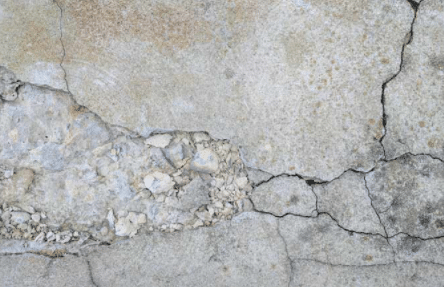What Are The Signs To Replace Your Concrete Driveway In Imperial Beach?

Cracks
Small cracks in your concrete driveway are normal and can usually be repaired. However, large cracks or cracks that are getting worse should be cause for concern. These cracks can weaken the structure of your driveway and make it more susceptible to damage from weather and traffic.
Spalling
Spalling is when the surface of your concrete starts to chip or flake off. This is usually caused by exposure to salt, water, or chemicals. Spalling can also be a sign of poor quality concrete or improper installation.
Potholes
Potholes are another common problem with concrete driveways. They are caused by water seeping into the cracks in your driveway and expanding when it freezes. Potholes can be dangerous for both pedestrians and vehicles, so it’s important to repair them as soon as possible.
Frost Heave
Frost heave is a problem that occurs when the ground beneath your concrete driveway freezes and expands. This can cause cracks, potholes, and other damage to your driveway.
Discoloration
If you notice that your concrete driveway is starting to change color, it could be a sign of weathering or chemical damage. This can lead to a decrease in the lifespan of your driveway.
Weeping
Weeping is when water seeps out from the cracks in your concrete driveway. This can be caused by improper drainage or poor quality concrete.
Settling
If you notice that your driveway is starting to sink or sag, it could be a sign of settling. This can be caused by weak or unstable soil, improper drainage, or heavy traffic.
Warping
Warping is another sign of bad soil conditions and can cause your driveway to buckle or curve.
Expansion Joints
If your driveway has expansion joints, make sure they are properly sealed and filled with caulk or sealant. If they are not, water can seep in and cause damage to the driveway.
Curling
Curling is when the edges of your concrete driveway start to curl up or lift away from the surface. This can be a sign that the concrete is beginning to break down.
Flaking
Flaking is when small pieces of concrete start to peel away from the surface of your driveway. This can be a sign of weathering, chemical damage, or poor installation.
Moss Or Algae
Moss or algae can grow on your concrete driveway if it is not sealed or if it has cracks or potholes. This can lead to staining and decrease the lifespan of your driveway.
Conclusion
If you are experiencing any of these problems with your concrete driveway, it may be time to replace it. Concrete driveways can last for many years if they are installed and maintained properly, but eventually they will need to be replaced. If you are unsure whether or not your driveway needs to be replaced, contact a professional contractor for advice. For more information, contact Concrete Contractor Imperial Beach at (619) 414-1918.